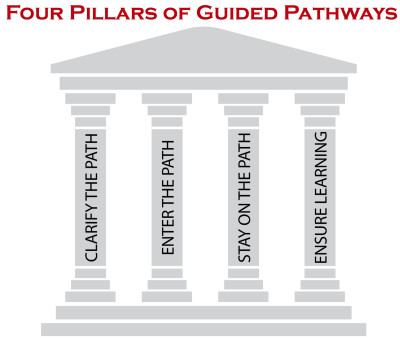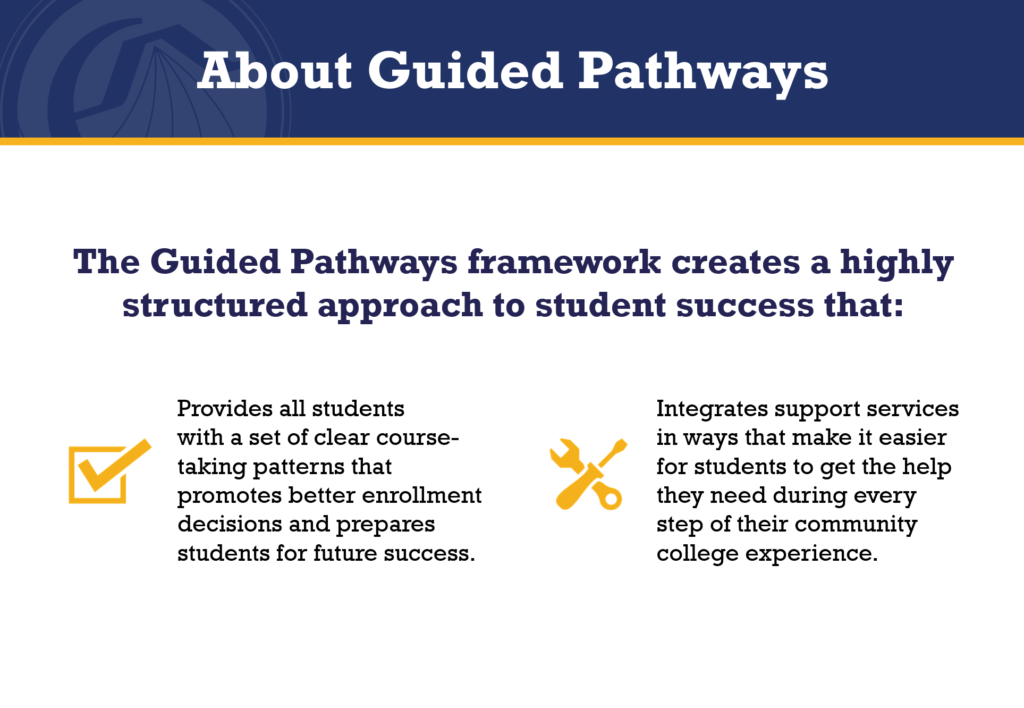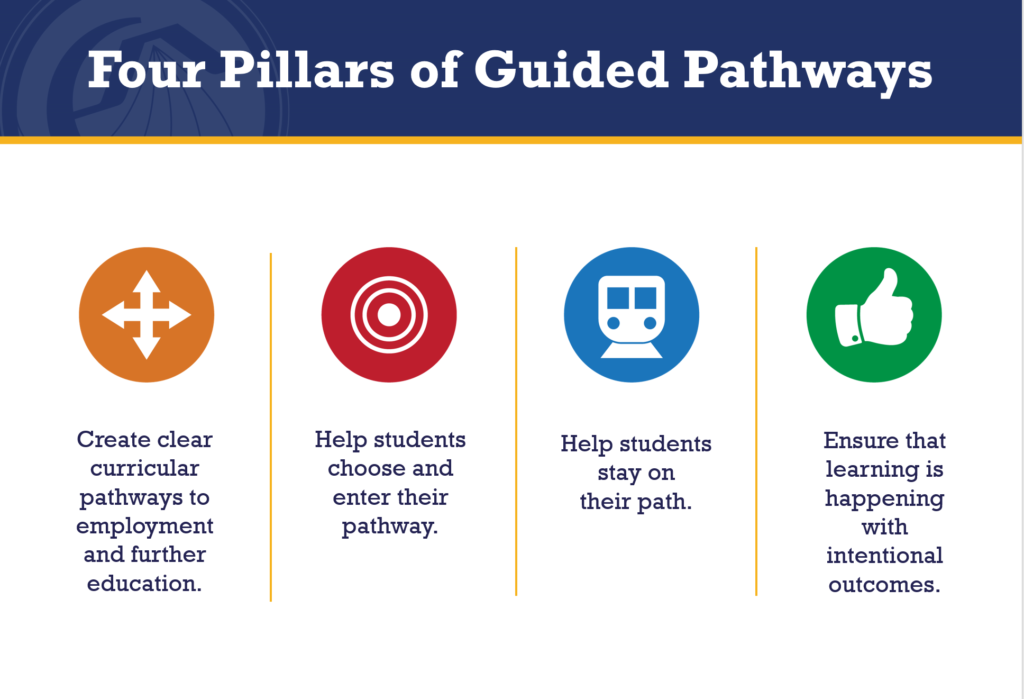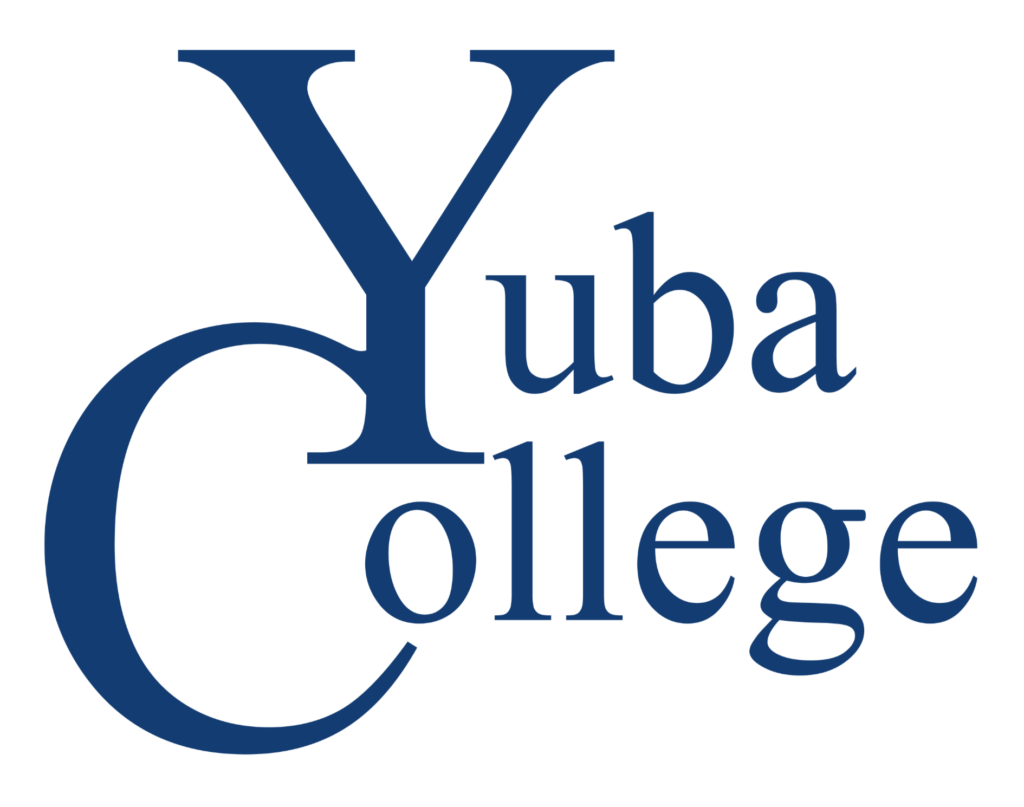4 Pillars of Guided Pathways



- Clarify the Path – Create clear curricular pathways to employment and further education.
- Simplify students’ choices with default program maps developed by faculty and advisors that show students a clear pathway to completion, further education and employment in fields of importance to the region.
- Establish transfer pathways through alignment of pathway courses and expected learning outcomes with transfer institutions, to optimize applicability of community college credits to university majors.
- Enter the path – Help students choose and enter their pathway.
- Bridge K12 to higher education by assuring early remediation in the final year of high school through the application of courseware technology in strong K12/higher ed partnerships, such as the TN SAILS model.
- Redesign traditional remediation as an “on-ramp” to a program of study, which helps students explore academic and career options from the beginning of their college experience, aligns math and other foundation skills coursework with a student’s program of study, and integrates and contextualizes instruction to build academic and nonacademic foundation skills throughout the college-level curriculum, particularly in program “gateway” courses.
- Provide accelerated remediation to help very poorly prepared students succeed in college-level courses as soon as possible.
- Stay on the Path – Help students stay on their path.
- Support students through a strong advising process, embedded and ongoing in the pathway experience and supported by appropriate technology, to help students make informed choices, strengthen clarity about transfer and career opportunities at the end of their chosen college path, ensure they develop an academic plan with predictable schedules, monitor their progress, and intervene when they go off track.
- Embed academic and non-academic supports throughout students’ programs to promote student learning and persistence.
- Ensure Learning – Ensure that learning is happening with intentional outcomes.
- Establish program-level learning outcomes aligned with the requirements for success in employment and further education in a given field and apply the results of learning outcomes assessment to improve the effectiveness of instruction across programs.
- Integrate group projects, internships, and other applied learning experiences to enhance instruction and student success in courses across programs of study.
- Ensure incorporation of effective teaching practice throughout the pathways.
